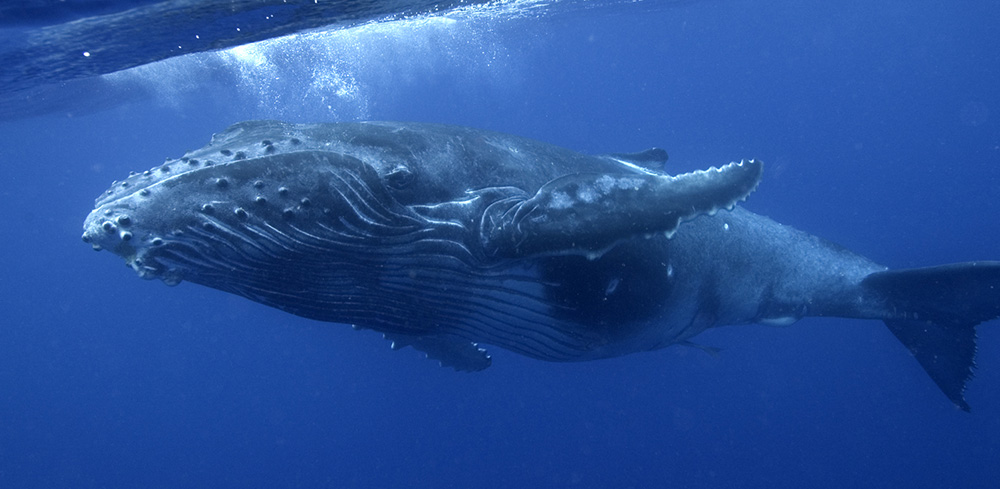Definition
Area contains comparatively higher diversity of ecosystems, habitats, communities, or species, or has higher genetic diversity
Examples
- Seamounts
- Fronts and convergence zones
- Cold coral communities
- Deep-water sponge communities
Case study: Abrolhos Bank and Vitória-Trindade Chain
Biological diversity is normally expressed as an index which combines two quantities: the number of species and the number of individuals that belong to each species. Some indices of biodiversity may also consider the evolutionary relatedness or separation amongst species. Comparing biodiversity between areas is complicated as not everywhere has been sampled for species to the same degree, but nonetheless, some areas can be deemed to be more biodiverse than others.
One such area is the Abrolhos Bank and Vitória-Trindade Chain off the coast of Brazil. This area harbours the highest marine biodiversity in the South Atlantic Ocean, the largest coral reefs in Brazil, and large populations of several endemic and endangered marine species. It presents a mosaic of different habitats, such as mangroves, seagrass meadows, extensive beds of crustose red algae (rhodoliths), submerged and emergent coral reefs, and a group of small volcanic islands, all host to a myriad of other species that are specially adapted to those habitats. The region also is an important breeding site for several flagship species, such as humpback whales, sea turtles and seabirds.
The Abrolhos Bank and Vitória-Trindade Chain was described by participants at the Regional EBSA Workshop for the Wider Caribbean and Western Mid-Atlantic, and designated as an EBSA at COP11 (Decision XI/17, October 2012).

Humpback whale calf (Karen Varndell 2008/Marine Photobank)

